DELWP and CFA fire officers have conducted a number of consultations on the ‘Safer together’ fire management strategy in Bendigo and Castlemaine in the last few weeks.
As we noted two weeks ago, the Department is considering three strategy options for the Mount Alexander shire. These can be found online here. The three options are ‘in the DRAFT stage. As such they are subject to change based on the feedback’ received by the Department.
‘Draft Strategy Option A: This draft strategy option has been developed with fires starting in the worst possible weather scenario in mind (Black Saturday conditions). Fuel management will mainly occur on National Parks and State Forests around townships and identified priority assets. In areas with high risk reduction potential fuel reduction activities (burning, slashing or mulching) will be intense and frequent.
‘Draft strategy option B has been developed with tailored weather scenarios for each local council area in mind. While bushfires at Black Saturday weather conditions will always be most destructive, these events are very rare. Fires under less ferocious conditions might be much more frequent, but still destructive as well. This strategy also considers the likelihood of a bushfire starting at each weather scenario. In addition to focussing on townships and priority assets, this strategy considers access and egress to these areas as well. Ecological values are more prominently reflected in this strategy.
‘Draft Strategy Option C: This draft strategy option builds on draft strategy option B, but considers fuel management outside National Parks and State Forests in addition. Where possible, and only with landowner’s consent, fuel management will be targeted at areas that have the highest risk reduction potential, regardless of land tenure. This strategy also takes access and egress to and from bushfire prone areas into account.’
It’s clear that the three strategies vary in the severity of ‘fuel reduction’ burning involved, the most severe being option A.
It’s not clear how officers will make a decision about which option, or variation to choose. All we could get from the consultations is that a ‘balance’ will be sought from the views submitted by community members. This, as always, transmutes quickly into a political matter: the land managers have to get the best scientific and practical advice on fire, then have to gauge how that advice can be sold to a community divided on what the ‘balance’ should be on safety and ecological health—or whether you can actually achieve one without sacrificing the other.
FOBIF will be putting in a submission to this process, and we recommend that you do, too.

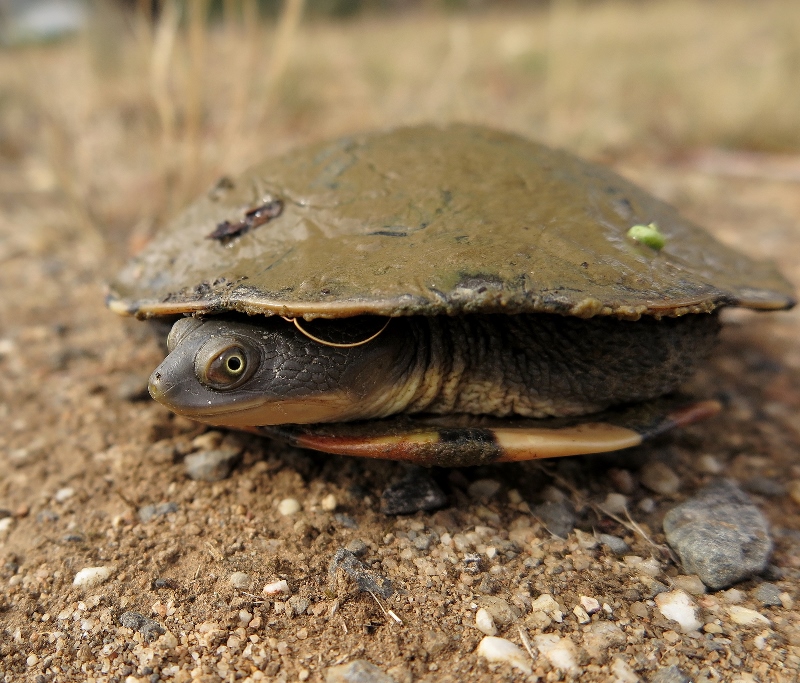

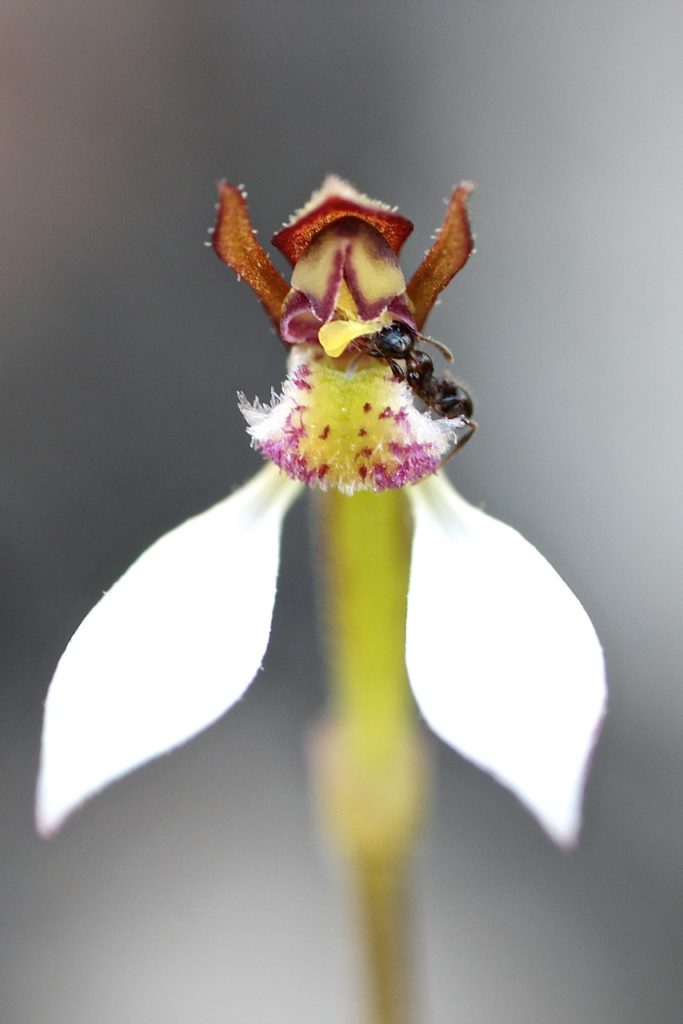

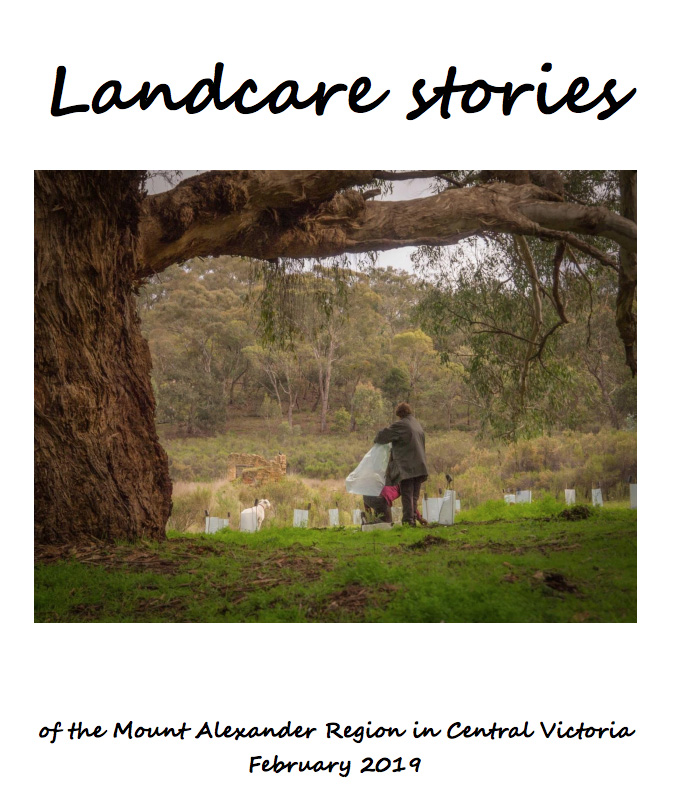 In 2018 the Midland Express published a series of ‘Landcare stories’ as part of Connecting Country’s ‘Nature News’ series. These stories are now available to read in electronic format (as pdf file), or as a printed booklet.
In 2018 the Midland Express published a series of ‘Landcare stories’ as part of Connecting Country’s ‘Nature News’ series. These stories are now available to read in electronic format (as pdf file), or as a printed booklet. 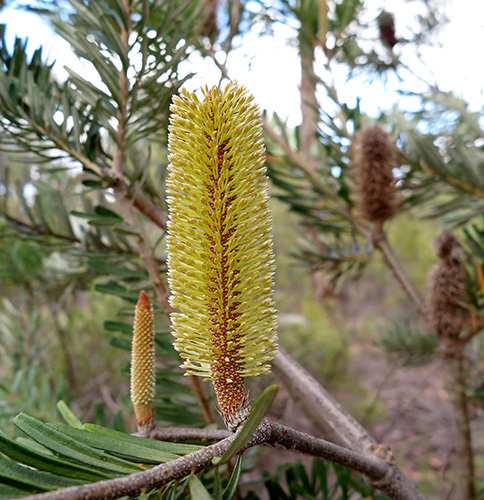
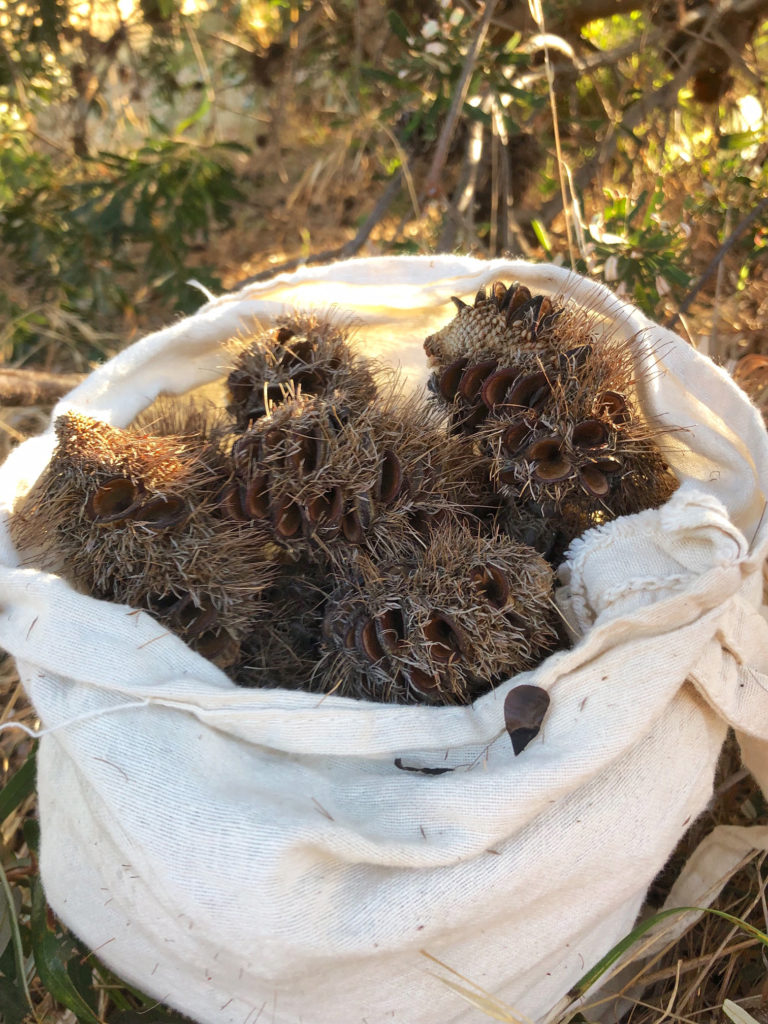
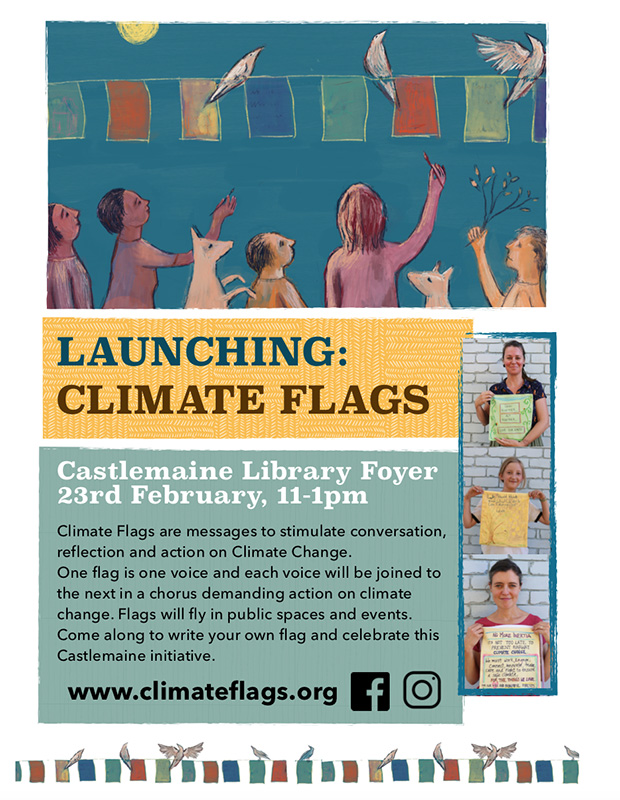



 Click on image for info/order page
Click on image for info/order page Click on image for info/order page
Click on image for info/order page Click on image for info/order page
Click on image for info/order page





















